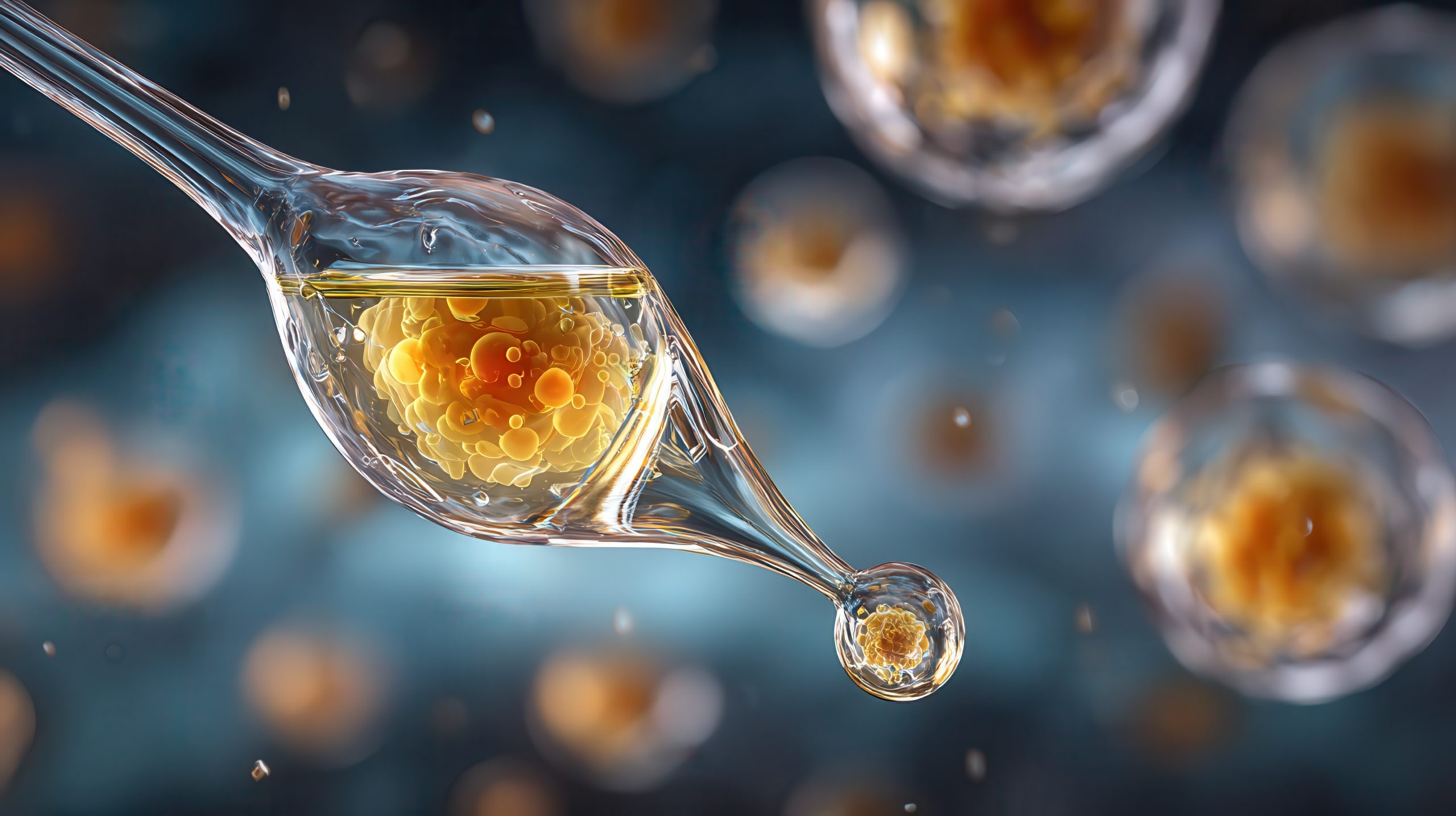What is the Difference Between Exosomes & Polynucleotides in Skincare?

Understanding Regenerative Skincare Advancements
In the fast-evolving world of aesthetic medicine, regenerative skincare treatments are becoming the go-to solution for achieving healthier, younger-looking skin without invasive surgery. Two of the most talked-about innovations in this field are exosomes and polynucleotides (PNs). Though both promise skin rejuvenation and cellular repair, they work through distinct mechanisms and offer different benefits. Understanding the difference between exosomes and polynucleotides is essential for patients considering cutting-edge skincare solutions.
As a provider of both Polynucleotides and Exosomes in Liverpool, here we will break down how each treatment works, what sets them apart, and why combining the two might offer a superior skin-repair strategy.
What Are Exosomes in Skincare?
How Exosomes Work
Exosomes are microscopic extracellular vesicles naturally released by cells. Think of them as messengers: they carry proteins, lipids, and RNA from one cell to another, triggering regeneration, repair, and communication between skin cells.
These vesicles are harvested from stem cells in controlled lab settings and introduced into the skin via microneedling, injections, or topical applications. Once absorbed, they signal skin cells to ramp up healing, collagen production, and inflammation control.
Key Benefits of Exosomes
- Boost cellular communication and coordination
- Enhance collagen and elastin production
- Accelerate wound healing and tissue recovery
- Improve skin tone and radiance
- Reduce redness, pigmentation and inflammation
Best For: Patients looking for holistic anti-ageing, post-laser recovery, or skin revitalisation treatments that enhance skin health on a cellular level.
What Are Polynucleotides (PNs)?
How Polynucleotides Work
Polynucleotides are long-chain molecules made up of nucleotides – the fundamental units of DNA and RNA. In aesthetic treatments, they are derived from purified salmon DNA and injected into the skin to activate tissue repair and regeneration.
Unlike exosomes, which are messengers, polynucleotides act more like a “repair kit.” They provide the skin with the structural components needed to rebuild and strengthen tissue.
Key Benefits of Polynucleotides
- Deep hydration of the dermis
- Structural skin repair at the cellular level
- Improvement in elasticity and firmness
- Reduction of fine lines and wrinkles
- Enhanced vascularisation (better oxygenation)
Best For: Patients dealing with crepey skin, dehydration, under-eye hollows, or visible signs of skin ageing that require direct structural regeneration.
Exosomes vs. Polynucleotides: What’s the Difference?
| Feature | Exosomes | Polynucleotides (PNs) |
| Mechanism | Signalling molecules | Structural repair agents |
| Source | Derived from stem cells | Derived from salmon DNA |
| Primary Action | Enhance cellular communication | Stimulate regeneration directly |
| Ideal For | Overall skin optimisation & recovery | Deep repair & hydration |
| Use Case | Post-procedure healing, anti-ageing | Under-eye treatment, texture repair |
Functional Differences
While exosomes tell your cells what to do, polynucleotides provide the materials needed to do it. Exosomes stimulate skin to heal and regenerate via signalling, whereas polynucleotides directly nourish and restore the skin structure.
Can Exosomes and Polynucleotides be Used Together?
Yes, in fact, many aesthetic practitioners now recommend combining the two for compounded regenerative effects.
- Exosomes initiate and enhance cellular communication and response.
- Polynucleotides provide the resources (nucleotides) required to complete the repair process.
Together, they:
- Deliver faster, more comprehensive healing
- Improve hydration and elasticity
- Provide both deep repair and surface-level radiance
Who Should Consider These Treatments?
Ideal Candidates for Exosomes
- Post-laser or microneedling recovery
- Ageing skin needing a holistic rejuvenation
- Patients seeking preventive skincare support
Ideal Candidates for Polynucleotides
- Fine lines, wrinkles, and dullness
- Under-eye hollowness and dark circles
- Dehydrated, crepey skin needing structural repair
Real Results: Patient Outcomes & Expectations
Most patients notice:
- With Exosomes: Softer skin, faster healing, better radiance within 1–2 weeks.
- With Polynucleotides: Improved firmness, under-eye brightness, and hydration after 2–3 sessions.
Pro tip: Results build over time, especially when used in synergy. Maintenance every 6–12 months is recommended.
Are These Treatments Safe?
Yes, both are considered safe when administered by qualified professionals.
- Polynucleotides are biocompatible and well-tolerated.
- Exosomes are rigorously tested and free from cell nuclei, reducing immune risks.
Side effects are mild and may include redness or slight swelling at the injection site.
Making the Right Regenerative Skincare Choice
The difference between exosomes and polynucleotides comes down to how they support your skin’s healing journey, either by sparking the process (exosomes) or fuelling it (PNs). For patients looking for regenerative skincare in Liverpool, our transformative, science-backed therapies are opening new doors in non-surgical aesthetics.
Whether you’re seeking targeted repair, overall skin rejuvenation, or both, Bold Street Clinic’s expert-led treatments can help you restore and maintain healthy, radiant skin.
Book your personalised consultation at Bold Street Clinic today and explore how polynucleotides, exosomes, or both can renew your skin from within.

